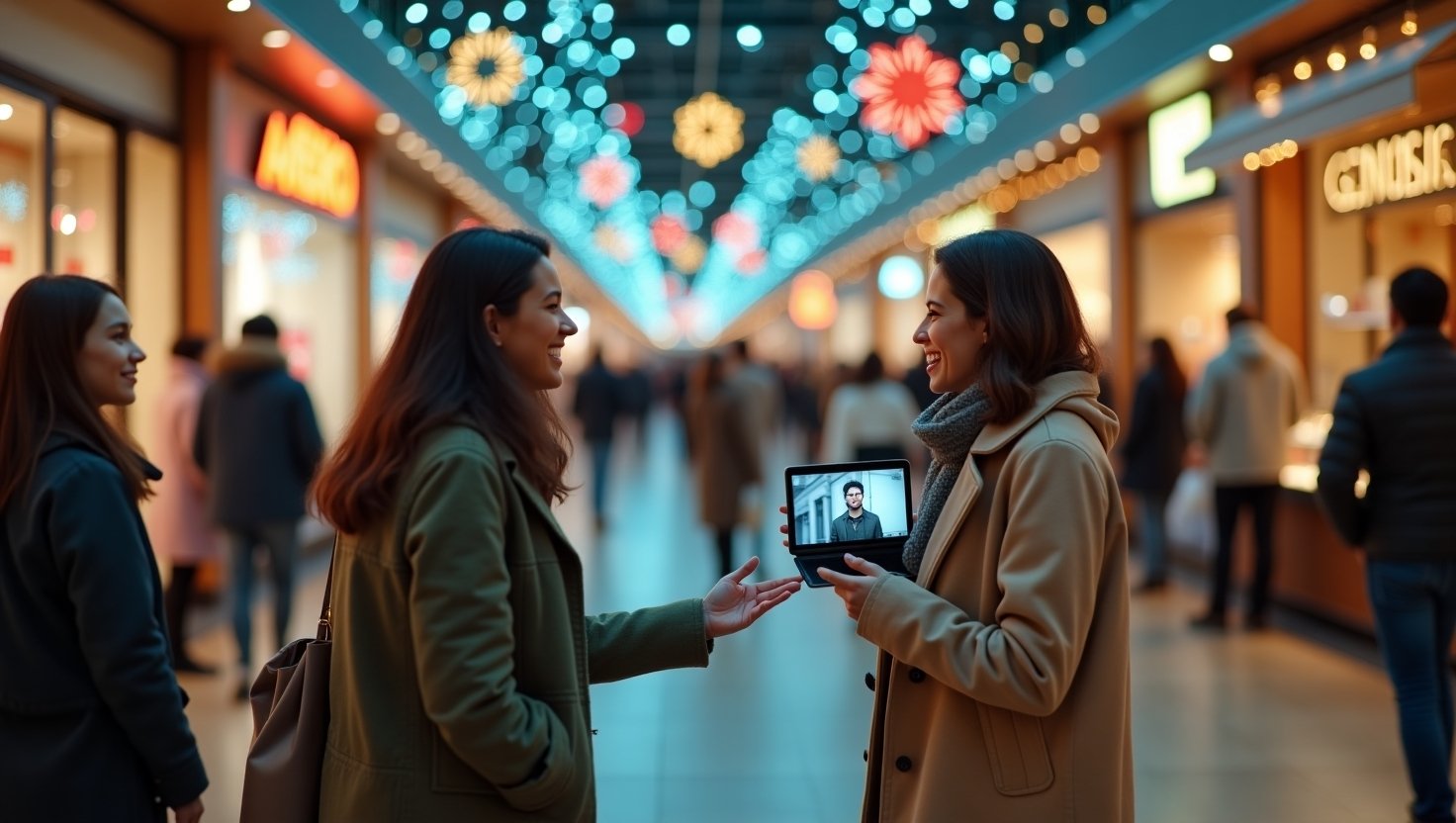AI in Holiday Shopping: Revolutionizing the Retail Experience
As the holiday season approaches, retailers are leveraging technology to redefine the shopping experience. Central to this transformation is the utilization of artificial intelligence (AI), which is not only enhancing operations but also reshaping customer interactions. This article delves into the role of AI in holiday shopping, analyzing its impact and potential future developments in the retail sector.
The Rise of AI in Holiday Shopping
The integration of AI in holiday shopping is not just a trend but a necessity driven by evolving consumer expectations and competitive market dynamics. Retail giants like Walmart are at the forefront, employing AI to optimize both online and in-store shopping experiences.
– AI Innovations by Walmart: Walmart has introduced a suite of AI-powered tools before the holiday season, designed to enhance customer experience (source). These tools enable customers to efficiently locate items, discover personalized deals, and even create wish lists. Such features aim to streamline the shopping process, making it more intuitive and less time-consuming.
– Impact on Customer Engagement: AI tools, such as Walmart’s app enhancements, reportedly lead to a 25% increase in customer spending when used in-store (source). This illustrates AI’s ability to significantly influence consumer behavior by providing a seamless shopping journey.
Analyzing the Effectiveness of AI Tools
AI in holiday shopping isn’t just confined to improving customer service; it’s also revolutionizing the supply chain and inventory management.
– Enhanced Supply Chain Operations: AI utilization in back-end operations, such as inventory management and logistics, ensures that products are available when and where they are needed. This is crucial during high-demand periods like the holidays. AI tools help predict shopping trends and adjust stock levels accordingly, minimizing instances of stockouts or overstock.
– Personalized Shopping Experiences: The use of AI to personalize shopping experiences cannot be overstated. For instance, the virtual assistant ‘Sparky’ introduced by Walmart suggests products based on past purchases and preferences, akin to having a personal shopping assistant (source). This personalization fosters a more engaging and satisfying shopping experience.
Case Studies: Walmart and Beyond
While Walmart is a leading example of AI adoption in retail, other companies are also harnessing AI to improve operational efficiency and customer experience.
– Dollar General’s Strategic Shift: Another significant player is Dollar General, which appointed Travis Nixon as the senior vice president of artificial intelligence optimization. This move is part of a broader digital transformation aimed at improving store operations, supply chain efficiency, and merchandising (source). With AI at the helm, Dollar General saw significant growth, indicating the effectiveness of AI in enhancing retail operations.
– Broader Industry Trends: The focus on AI optimization isn’t limited to these giants. Retailers across the board are gradually incorporating AI into their processes, from customer service chatbots to analytical tools predicting consumer trends.
The Future of AI in Retail
The future of AI in holiday shopping holds exciting possibilities. As AI technology continues to evolve, so will its applications in retail.
– Predictive Analytics: Future advancements in AI could lead to even more sophisticated predictive analytics, allowing retailers to anticipate not just what customers will buy, but when and how they’ll shop.
– Omnichannel Integration: AI will likely play a crucial role in achieving seamless omnichannel integration, ensuring a consistent and integrated shopping experience across online and physical channels.
– Generative AI Tools: There’s a growing interest in generative AI tools, with nearly two-thirds of consumers planning to use these during their shopping journeys (source). These tools can generate personalized content and recommendations, further blurring the lines between digital interaction and personal connection.
In conclusion, AI in holiday shopping is not just reshaping how retailers interact with customers but is also transforming the entire retail ecosystem. As these technological advancements continue to develop, they promise a future of smarter, more efficient, and more personalized shopping experiences. The retailers who embrace these changes will undoubtedly lead the pack in revolutionizing how we shop during the holidays and beyond.










